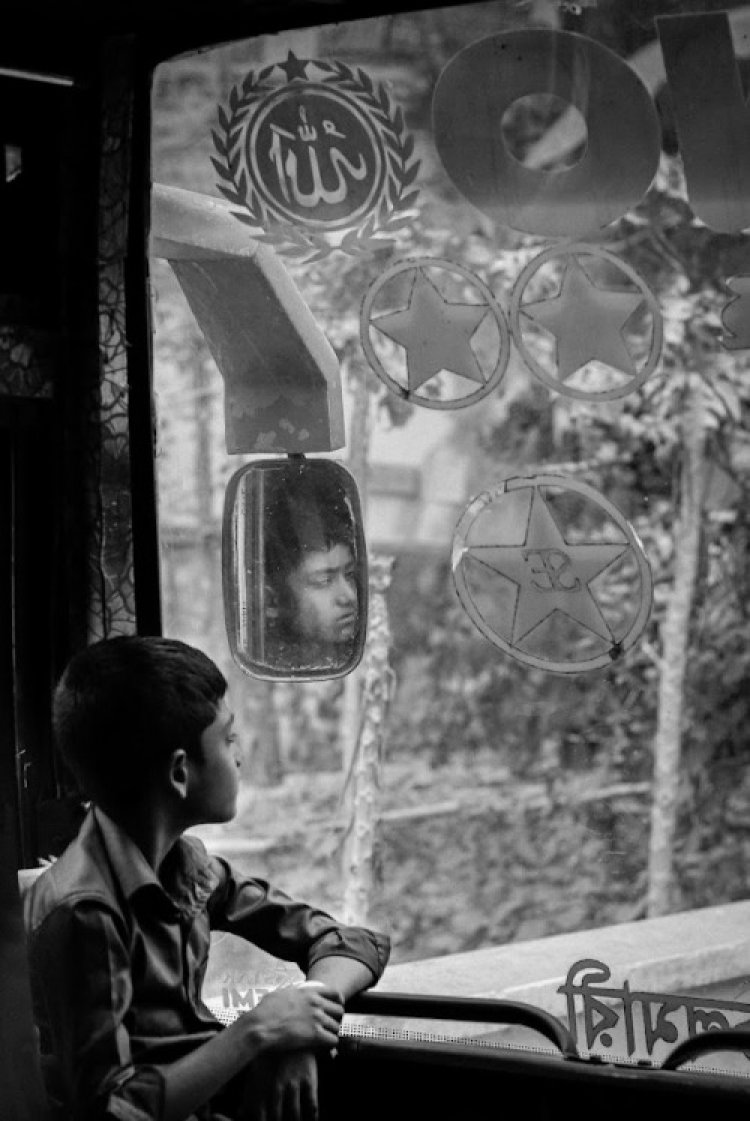Exploring the hard truths and hopeful strides in Bangladesh’s battle against child labor, highlighting the critical efforts needed to ensure a brighter, work-free childhood for all.

Exploring the hard truths and hopeful strides in Bangladesh’s battle against child labor, highlighting the critical efforts needed to ensure a brighter, work-free childhood for all.
Comments